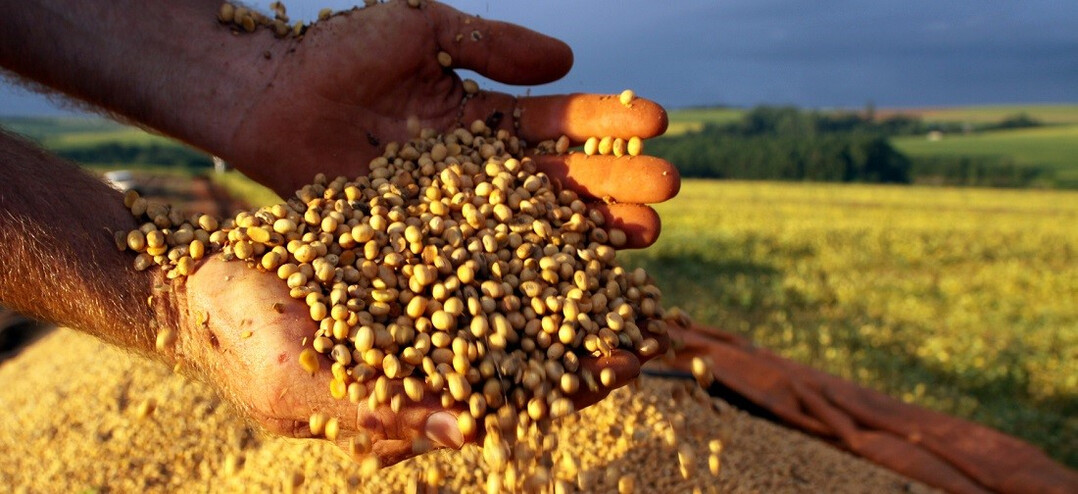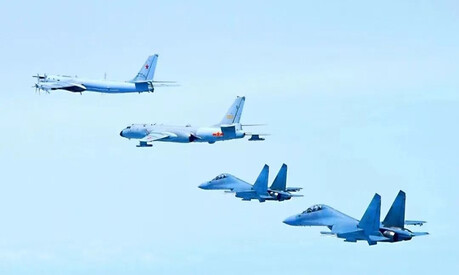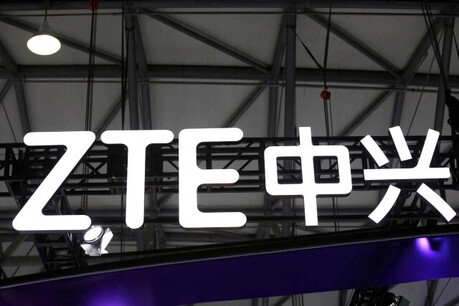
Asuncion, Paraguay – Paraguay's soybean production is projected to see a significant rebound in the 2025/26 market year (MY), reaching an estimated 10.9 million tons. This optimistic forecast, detailed in a recent report by the U.S. Department of Agriculture (USDA), is attributed to improved weather conditions leading to higher yields and a modest expansion of cultivated area, following production declines caused by adverse weather in the previous year.
End of La Niña and Production Recovery
The USDA's report, released on April 17, indicates that with the anticipated end of the La Niña phenomenon, producers are looking forward to a return to more normal rainfall and weather conditions. This is expected to positively impact yield recovery and overall production stability. La Niña has been a primary cause of drought in South America, particularly in the Southern Cone soybean-producing regions including Paraguay, significantly impacting the country's soybean output in recent years. The easing of La Niña conditions is welcome news for the agricultural sector, allowing farmers to anticipate stable weather from planting to harvest, thereby focusing their efforts on improving productivity.
Increased Soybean Crushing and Argentina's Influence
Paraguay's soybean crushing volume is projected to increase to approximately 3.4 million tons in 2025/26. This surge is driven by higher domestic production and the resumption of normal export flows. Notably, improved new crop availability in Argentina and the revitalization of the Argentine soybean processing industry are expected to enable Paraguayan crushing plants to utilize 70-80% of their installed capacity, which would be the highest level in the past three years. While Paraguay's total national crushing capacity is estimated at 4.0-4.5 million tons, utilization has historically remained much lower due to supply and price volatility.
Paraguay's crushing activities are closely linked to the situation in Argentina, as Argentina is a key purchaser of Paraguayan soybeans. Argentina's recovery from several years of drought is expected to provide Paraguayan crushers with more consistent demand and an improved market environment in 2025/26. This recovery in the Argentine market is anticipated to significantly invigorate the Paraguayan soybean industry.
Export Market Dynamics: Argentina and Brazil
Paraguay's soybean exports are forecast to increase to 7.2 million tons in 2025/26, recovering from a slight decline in the previous year. Domestic consumption of whole soybeans, soybean meal, and soybean oil remains negligible, with the vast majority of Paraguay's soybean production either exported as raw beans or processed into soybean meal and oil for international markets.
Brazil stands as Paraguay's second most stable destination for soybeans, accounting for approximately 10% of total annual exports. This proportion is expected to remain relatively constant in the coming year. However, the USDA points out that the potential for increased exports to Brazil is limited by several factors. These include: increased soybean production in Brazil itself, limited logistical integration between the two countries despite adjacent production areas, and Argentina's dominant purchasing role, which continues to absorb most of Paraguay's exportable surplus.
Logistics Challenges and Future Endeavors
As a landlocked country, Paraguay heavily relies on barge transportation via the Paraguay and Paraná Rivers to access international markets. These logistical challenges serve as a major constraint on export growth. In 2023, unusually low water levels in the Paraná River disrupted barge transport, negatively impacting soybean export volumes. Furthermore, increased inland transportation costs and time to key export ports like Villareal and Santa Fe have eroded export competitiveness.
Despite these difficulties, Paraguay's export volumes are expected to remain robust in 2025/26. The USDA states that "increased demand from Argentina, ample soybean availability, and sustained flows to Brazil will drive exports." However, it emphasizes that "continued investment in transportation infrastructure and regional cooperation will be essential to maintain competitiveness and mitigate supply chain disruptions in the coming years." Specifically, the expansion of road and rail infrastructure and the modernization of port facilities remain key challenges for stable Paraguayan soybean exports. Furthermore, enhancing regional cooperation with neighboring countries to improve transportation efficiency and establish joint response systems for unpredictable climate change is also gaining importance.
[Copyright (c) Global Economic Times. All Rights Reserved.]






























